Breath is the most important function of the body, as all others depend upon it.
Life is one breath in and one breath out; nothing more, nothing less. -- Prem Pal Singh Rawat
Life starts with the breath and cannot proceed for more than a few minutes without it. Correct breathing is vital to physical health as well as mental, emotional, and spiritual wellbeing.
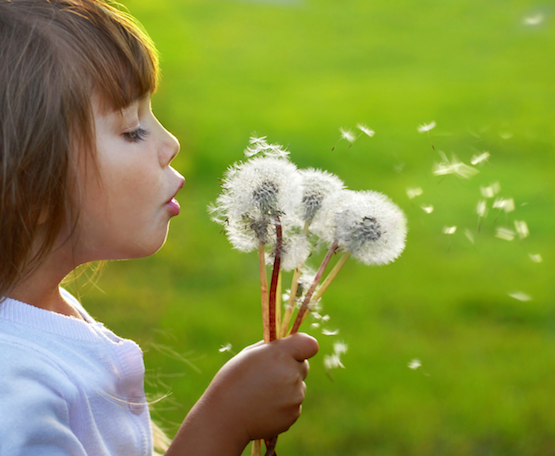
image source
The act of breathing is almost as automatic as the heartbeat, but can be consciously trained to extract maximum benefit for the breather. Commonly, people breathe hurried, shallow breaths that lead to decreased vitality and increased disease. Of all the things you can do, changing the breath can have the most significant impact on improving health.
Pranayama is the practice of controlling the breath; this is the fourth of eight limbs of ashtanga yoga. (In Sanskrit, prana = life force energy; ayama = stretch, extension, expansion, length, breadth, regulation, prolongation, restraint and control) There are numerous pranayama exercises, with various purposes from increasing energy to controlling emotions, and I will address them in future posts. Today, I'll go over the science of the breath.
Everything is better when you take a deep breath!
Deep, slow breaths have numerous effects on the body:
- soothing, and calming the nervous system
- improved digestion
- rejuvenation of skin and glands
- optimizes metabolism
- improved quality of blood
- strengthens the lungs
- eases workload on the cardiovascular system
- relaxes the mind and stabilizes emotions
An intricate and marvelous series of events unfolds when you take a deep breath that leave you feeling refreshed:
During inhalation, the diaphragm (a powerful sheet of muscle that separates the chest cavity from the abdomen) and intercostal muscles between the ribs contract, the chest and lungs expand, and air rushes into the vacuum that is created. During exhalation, the diaphragm relaxes, the ribs move downward, and air is expelled from the lungs.
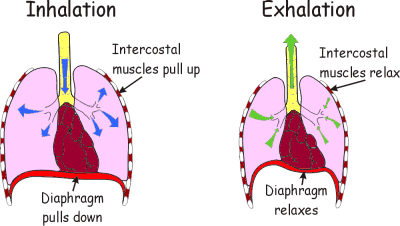
image source
Air, rich in oxygen and other nutrients, is drawn in through the nose (ideally), where it is warmed as it contacts the mucous membranes. It travels past the pharynx and larynx and into the trachea. This windpipe branches into 2 tubes called bronchia, which subdivide into bronchioles that further subdivide into the air spaces of the lungs called alveoli, which have specialized surfaces for gas exchange. There are millions of alveoli in each lung!
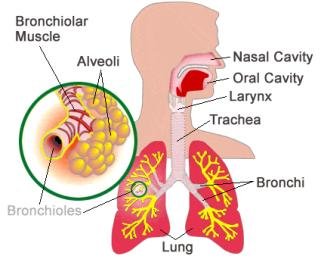
image source
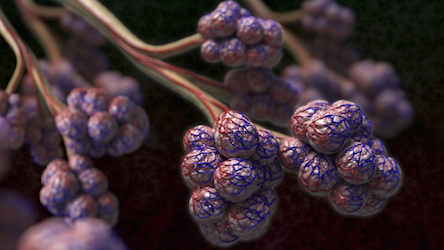
image source
The lungs are the site of gaseous exchange in the blood, where oxygen begins its powerful life-giving ride through the body, and the toxic waste product carbon dioxide makes its exit. Via simple diffusion at the alveoli, oxygen slips right down the concentration gradient and through the membrane each air sac shares with a capillary. Oxygen bonds to hemoglobin molecules on red blood cells, igniting the red pigment in the dark blue blood, and simultaneously carbon dioxide passes from the dark blue blood to the lungs for exhalation.
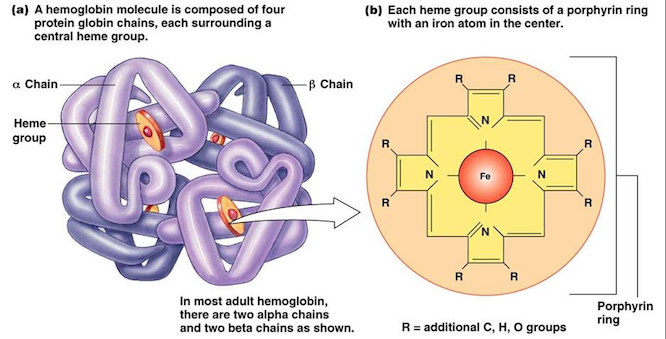
image source
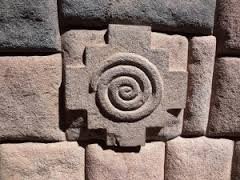
The heme groups have the same shape as the Incan Cross/Chakana. Sacred geometry, y'all...
This super oxygen charged blood then travels to the heart, where it is pumped through arteries and capillaries to every cell of the body.
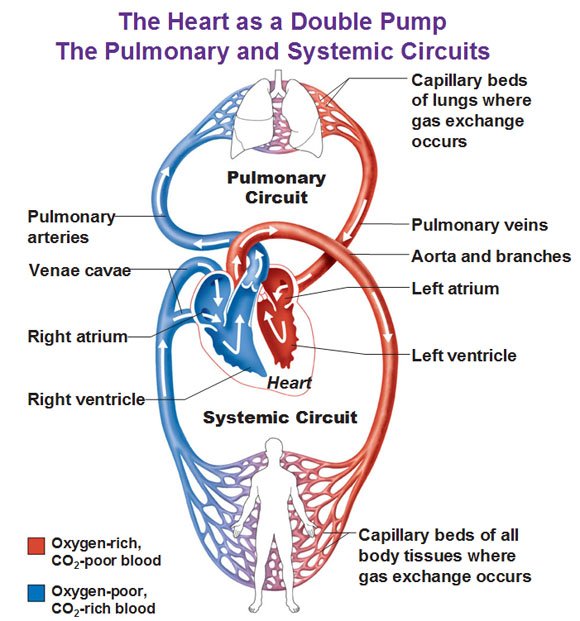
image source
The bright red blood delivers oxygen to needy tissues, and it passively diffuses across the cell membrane with the exchange of carbon dioxide. After it passes the cell wall it heads to the mitochondria, where oxygen releases the energy stored in ATP molecules (the units of energy derived from food which becomes the currency of energy in cells), thereby allowing the cell to do its work. Carbon dioxide is a toxic byproduct of this life-force combustion. As if by magic, the waste product is seamlessly exchanged as life-giving oxygen floats in. And in further poetry, the carbon dioxide poison returns to the lungs via veins for harmless, peaceful exhalation.
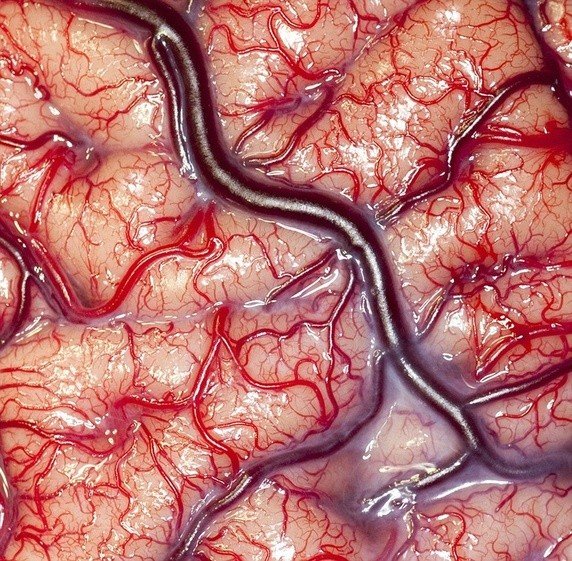
image source
What does the breath do?
Sufficient quantities of fresh air are necessary for purifying the blood, the amazing life force that carries nutrition to every cell of the body and flushes out poisonous waste material. Without enough fresh air, toxins remain in circulation, and disease results.
Oxygen is required to extract energy from food. Oxygen breaks the high energy bonds of ATP molecules. Thus, the breath is a key factor in metabolism!
Oxygen is the way the body breaks down toxins. Oxygen is a highly reactive free radical; it reacts so quickly that it is able to bond and thereby neutralize more harmful substances before those toxins have a chance to wreak havoc on tissues. These reactions produce carbon dioxide as a byproduct.
Waste products are exchanged on the breath. Carbon dioxide passes effortlessly through the lungs for exhalation. And it gets more beautiful still: trees and plants (which mirror our own lungs) breathe in our waste products and release delicious oxygen in their own respiration cycles.

We are more connected than you've ever dreamed...image source
Some quick tips to maximize breath and health
Too frequently, shallow, hurried breathing dominates, with only the upper portion of the lungs engaged. Try breathing so deeply that it expands the full lung; feel as if you draw the breath all the way down into the belly. Experience the full expansion and contraction of the chest.
In asana practice, each movement is intimately connected to an inhalation or exhalation. Bring awareness to the breath in a movement based practice, and observe your results.
Consider the 4 stages of breath - inhalation, pause, exhalation, pause. You can explore the full range of each of these moments. Try breathing in line with this:

source
Changing the breathing habits is the quickest, cheapest, and most accessible way to improve health!
💛 Sara!
Thanks to yoga and @quinneaker (duh) for illuminating the importance of breath for me. It really can change your life! Read the @gardenofeden's post on breath for more information.
